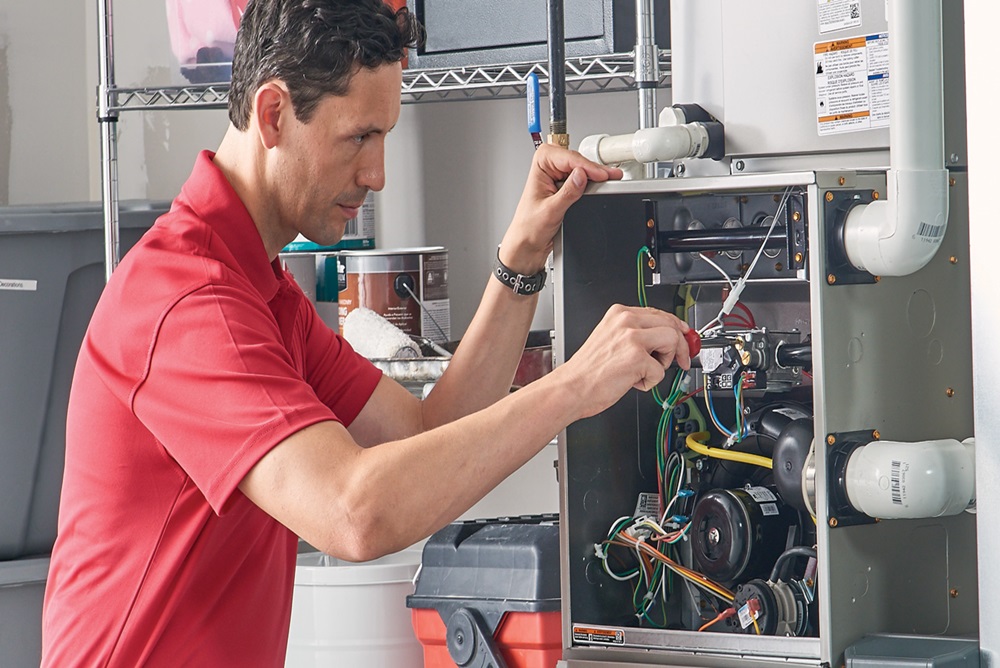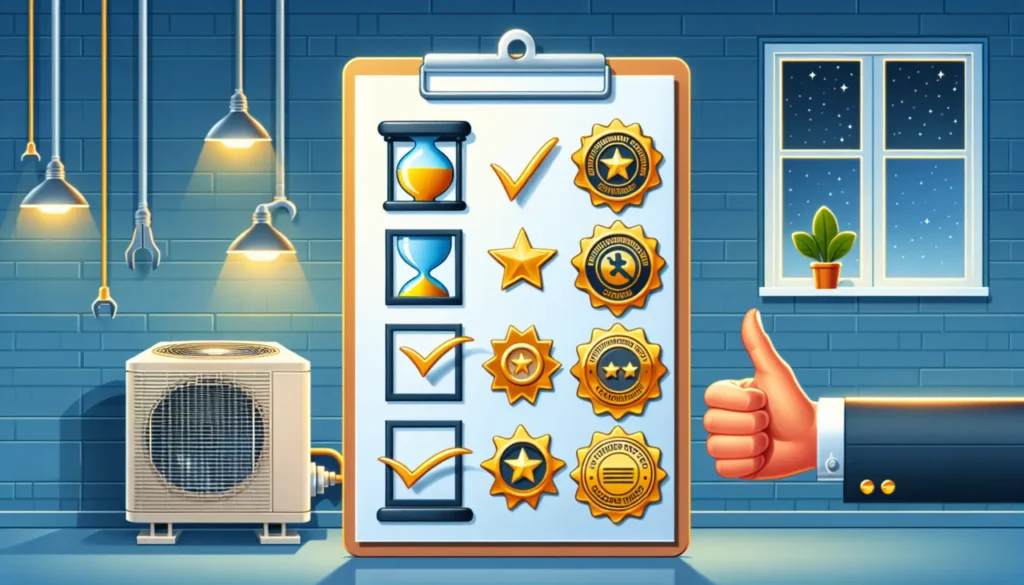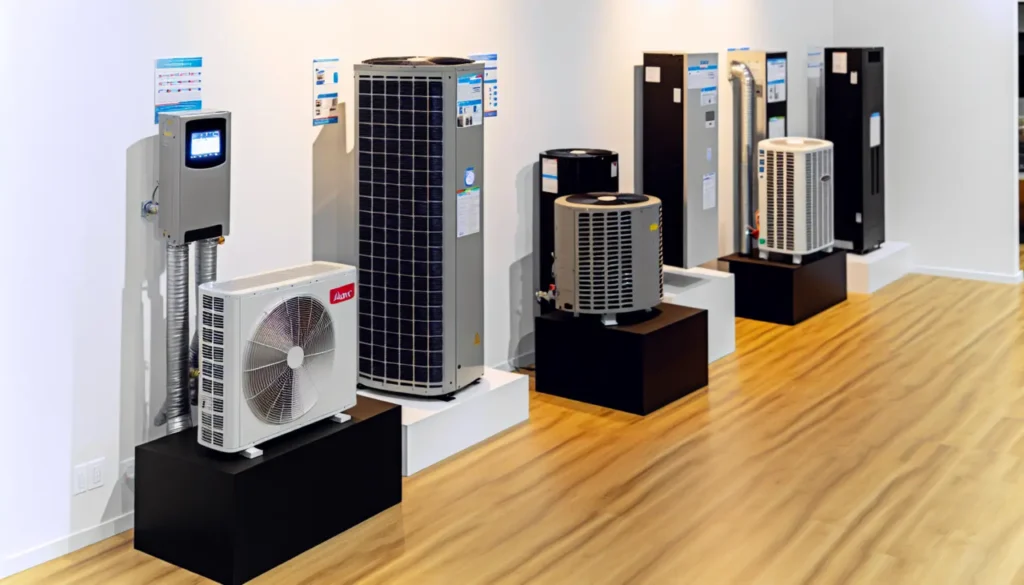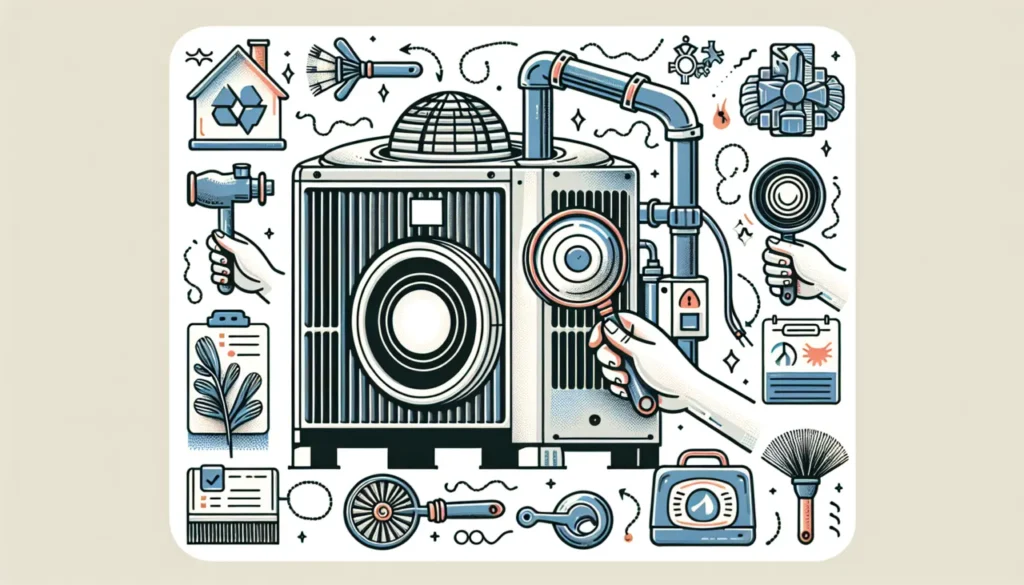
Having a warm, cozy house or place of work amid the bitter cold is essential. Diamond Heating & Cooling is the only name in the HVAC business in Kernersville for heating; we’ll have your heat up and running as fast as possible to keep you safe and comfortable. If your furnace or other heating equipment needs to be repaired or replaced. To suit your demands, we provide a range of heating choices. We will collaborate with you to reduce your energy costs and maintain heat during the harsh Kernersville winters, handling everything from furnace maintenance and replacement installations to heating and furnace repair.

For fast, high-quality Heat Pump repair services, that last, choose Diamond Heating & Cooling Services in Kernersville.
Heat pumps from Diamond Heating & Cooling Services are a great alternative to central heating and cooling in Kernersville.

And all other heating repairs/requirements for your comfortable lifestyle in Kernersville.
Facing heat pump issues in Kernersville? Whether you’re facing unexpected breakdowns or seeking routine maintenance, finding dependable heat pump services is critical. Knowing what to look for in a service provider, understanding everyday repair needs, and implementing maintenance practices are crucial for peak performance. This guide is your practical approach to all aspects of heat pump upkeep—no fluff, just clarity.

Selecting a seasoned Kernersville heat pump servicing company is essential. Making this choice guarantees expert heat pump installation, regular maintenance, and effective problem-solving. These providers’ expertise enables them to give maintenance guidance, successfully complete repairs, and provide accurate diagnoses.
Timeliness and top-notch customer service should also be taken into account. Quick installation or maintenance ensures efficiency, safety, and peace of mind when using the heating pump system. Excellent customer care for the upkeep and repair of your heat pumps alone may help you prolong their life, improve the quality of the air, regulate the amount of moisture in the air, and reduce your energy expenses—a win-win situation!

There are a variety of heat pump kinds to be aware of when navigating the market, such as geothermal, water source, and air-to-air. Because of its unique characteristics, each kind may be used for a range of residential heating and cooling requirements. Don’t worry; we’ll make the specs of each model easier to understand so you can decide which one best fits your house.
Think about them as quiet heroes: Air-source heat pumps move coolness from inside your home to outdoors during summer months acting like an air conditioner while providing efficient heating & cooling services at other times. Some operate this way:
The components of an air-source heat pump include:
The installation usually takes around 8 hours, including commissioning the heat pump and connecting it to the home’s electrical and air duct systems.
Consider ground-source heat pumps to be your closest buddies on the planet. They provide energy-efficient heating and cooling by using the constant temperature of the earth. These heating units:
When installing ground-source heat pumps, one must either satisfy certain specifications for vertical ground loops or construct trenches for horizontal ground loops that are around 6 feet deep and 3 feet wide. Regular filter maintenance, keeping the right concentration of antifreeze, cleaning filters, and preserving appropriate system pressure are all considered forms of maintenance.
Ductless mini-split cooling systems offer efficient heating and air conditioning without extensive installation, perfect for homes without ductwork or in temperate climates. They operate by:
Not only do ductless mini-split systems perform well in extreme temperatures, but they also provide the following benefits:

While maintaining your heat pump’s performance might seem overwhelming, it doesn’t have to be. Regular inspections, cleanings, and proper airflow management allow you to keep your heat pump running smoothly.
We’ll go further into these maintenance suggestions.
To maintain optimal performance, it is recommended to clean a heat pump deep at least once per year. A typical heat pump inspection includes:
A professional heat pump cleaning involves:
Optimal heat pump efficiency aims to minimize duct leakage and ensure sufficient airflow. Several factors, including installation errors, high humidity, age, the wrong air filter, pests, and blower running, may cause duct leakage in heat pumps.
To reduce duct leakage in heat pumps, follow these steps:
Programmable thermostat upgrades can provide a brain for your heating system. It adjusts itself automatically based on set points programmed for different times during each day or week, ensuring proper electrical control. This helps improve HVAC system efficiency as well:
The steps involved in installing a programmable thermostat for heat pumps include:
Occasionally, heat pump issues may become imminent without previous signs. Nevertheless, this should not raise an alarm because some problems can be resolved individually while others require expert intervention. We’ll discuss several common repair issues concerning heat pumps that should prompt you to take action whenever they occur.
Some typical issues that can arise with heat pump systems include:
For a heat pump not cooling correctly, here are some troubleshooting steps to follow:
Following these steps, you can identify and resolve common issues with a heat pump not working efficiently in cooling mode.
If the heat pump is not providing sufficient heating, verify the thermostat settings and temperature, check the circuit breakers or fuses, inspect for refrigerant leaks and clean blocked air filters, ensure the outdoor unit power is on, and check the reversing valve for proper operation.
This might involve brief cycles, which could point to a broken thermostat or compressor issues. Furthermore, compressors, valves, or refrigerant levels may be the cause if your home blasts chilly air rather than warm.
For instance, noises coming from the heat pump that are grinding, whistling, or clanking may be signs of blockages, mechanical issues, or refrigerant leakage. It is not advisable to ignore these noises since they often indicate that the system components are experiencing extreme strain, which can lead to serious problems if a specialist is not present.
It’s important to have a professional HVAC technician inspect your heat pump at least once a year, or ideally twice a year, to ensure all components are in working order. Additionally, clean or change filters monthly to maintain system performance and prevent damage to the compressor.
The cost to service an air source heat pump generally ranges from $50 to $180 for a service call, with an additional hourly rate of $80 to $160 for labor. Preventative maintenance should be done at least once a year, costing around $80 to $130 per unit, plus $25 for parts. Annual maintenance typically costs between $75 and $300, with an average of $150, and it’s important to have a technician service the heat pump once a year for early issue detection.
It’s best to have your heat pump serviced at least once a year by a professional technician, but doing it twice a year is optimal to ensure all components are working properly and the system runs efficiently.
Choosing an experienced heat pump service provider is important because they ensure proper installation, regular maintenance, and the ability to troubleshoot and repair potential issues.
The types of heat pumps available for homes include air-to-air, water source, and geothermal pumps. Consider these options based on your home’s specific needs.
9.00 - 17.00
9.00 - 16.00
9.00 - 17.00